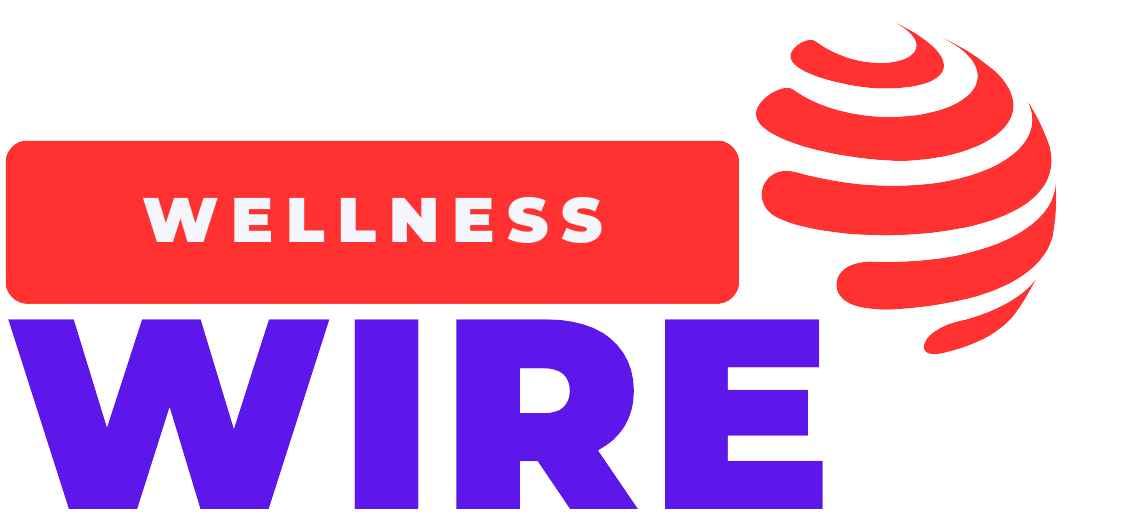Neurolink’s Groundbreaking Technology Gives Voice Back to the Voiceless: A New Era in Speech Restoration
Neurolink’s latest brain-computer interface (BCI) breakthrough is restoring speech for patients with paralysis and neurological speech impairments. Discover how this revolutionary innovation is redefining communication.

In an unprecedented leap forward for neurotechnology, Neurolink has unveiled a speech impairment breakthrough that may soon empower individuals with severe neurological disorders to speak again using only their thoughts. This latest advancement in brain-computer interface (BCI) technology marks a critical turning point in the treatment of conditions like ALS, brainstem stroke, and cerebral palsy, where traditional speech is often lost but cognitive function remains intact.
Understanding the Neurolink BCI and Its Impact
At the core of Neurolink's innovation is a minimally invasive neural implant designed to decode brain signals related to speech. Unlike earlier devices that focused on limb movement or cursor control, Neurolink’s BCI interprets real-time neural activity associated with the motor aspects of speaking — including imagined vocalizations — and translates them into audible speech through a computer-generated voice.
This evolution builds on work done by pioneers in the field like Stanford University’s Neural Prosthetics Translational Lab, which first demonstrated the feasibility of decoding speech from motor cortex activity. Neurolink’s contribution, however, lies in its scalability, wireless communication, and higher resolution signal processing, made possible by its ultra-thin electrode threads and advanced AI algorithms.
Who Stands to Benefit?
Patients with locked-in syndrome, caused by brainstem injuries or progressive diseases like amyotrophic lateral sclerosis (ALS), are among the first beneficiaries of this technology. One early trial participant, a 39-year-old male who lost the ability to speak after a traumatic brainstem stroke, was able to "talk" again via the system — generating over 60 words per minute using only neural signals, a significant improvement over earlier BCI systems that averaged 15-20 words per minute.
For caregivers and patients, this isn’t just a technological achievement — it’s a lifeline. The ability to express needs, emotions, or even just say "I love you" without reliance on alphabet boards or eye movements drastically improves quality of life and mental health outcomes.
"Being able to hear my father’s voice again — even if it's a computer-generated version — was the most emotional moment of my life," said the daughter of one participant.
The Science Behind the Innovation
The device functions by placing microelectrodes over the speech motor cortex. When a person attempts to speak, even silently or in imagination, neurons in this region fire in recognizable patterns. Using deep learning models, these signals are translated into text or synthesized speech in real time.
The system’s AI component, trained on thousands of voice samples and neural patterns, personalizes the speech output to mimic the user’s former voice — a feature that provides not just communication, but a restoration of identity.
For an in-depth explanation of the neural decoding process, Neuralink’s official white paper provides a technical deep dive.
Safety, Ethics, and FDA Progress
Neurolink has taken substantial steps to ensure ethical compliance and patient safety, working in close collaboration with institutions like the National Institute of Neurological Disorders and Stroke (NINDS). Its human trials are operating under FDA Breakthrough Device designation, expediting the path to approval while ensuring stringent oversight.
Still, some critics urge caution, pointing to long-term implant stability and data privacy concerns. However, early clinical results have been promising, with no adverse neurophysiological side effects observed during the initial six-month observation period.
To learn more about the ethical considerations in neuroprosthetics, visit the Harvard Center for Bioethics.
Industry Reaction and Future Applications
The tech community and medical professionals alike are lauding this achievement as a milestone in assistive technology. Dr. Kavita Sharma, a neurologist at Johns Hopkins Medicine, called the results “nothing short of historic,” stating that Neurolink’s approach is "bridging the gap between thought and speech."
The implications stretch beyond speech restoration. Future applications may include:
-
Language translation via neural signals
-
Telepathic communication for team coordination in high-stress fields like aviation
-
Real-time cognitive assessment in psychiatric care
As research continues, there’s potential for broader accessibility through cloud-connected versions of the device, allowing patients to communicate wirelessly through smartphones or AR headsets.
Challenges Ahead
While the technology is promising, hurdles remain. These include:
-
Affordability and insurance coverage
-
Training AI to understand diverse neural speech patterns
-
Global regulatory challenges
Nevertheless, Neurolink’s breakthrough adds momentum to a growing movement to decentralize access to neuro-assistive devices, particularly in regions with limited speech therapy resources.
Final Thoughts: A New Era for Neurological Voice Restoration
Neurolink’s speech impairment breakthrough represents a powerful convergence of neuroscience, artificial intelligence, and human empathy. For millions suffering from speech loss due to injury or illness, it offers more than a voice — it offers a renewed connection to the world.
As the technology matures and becomes more accessible, Neurolink is not just reshaping the medical landscape — it is redefining what it means to communicate.
What's Your Reaction?
 Like
0
Like
0
 Dislike
0
Dislike
0
 Love
0
Love
0
 Funny
0
Funny
0
 Angry
0
Angry
0
 Sad
0
Sad
0
 Wow
0
Wow
0



















































